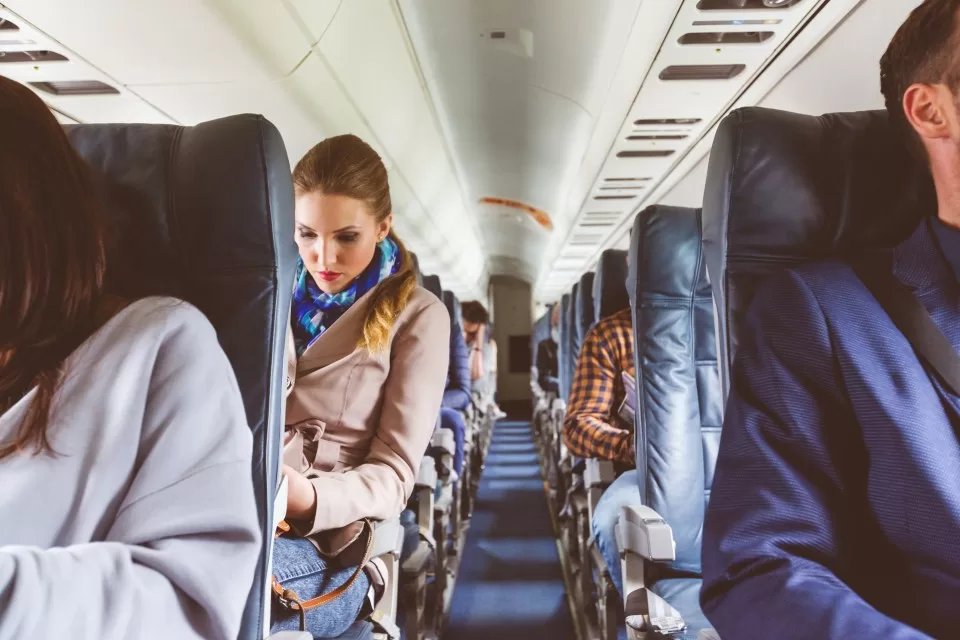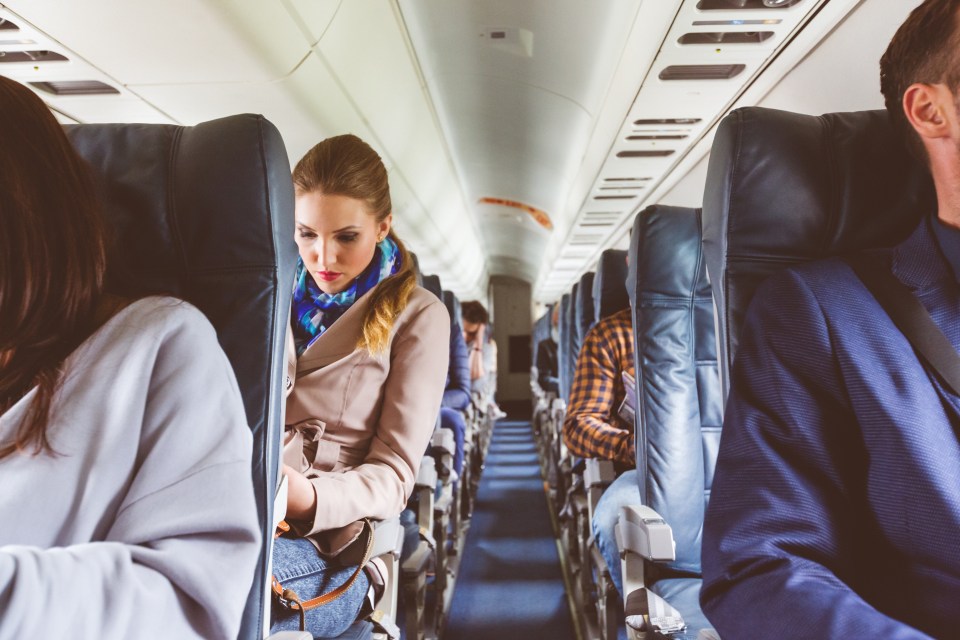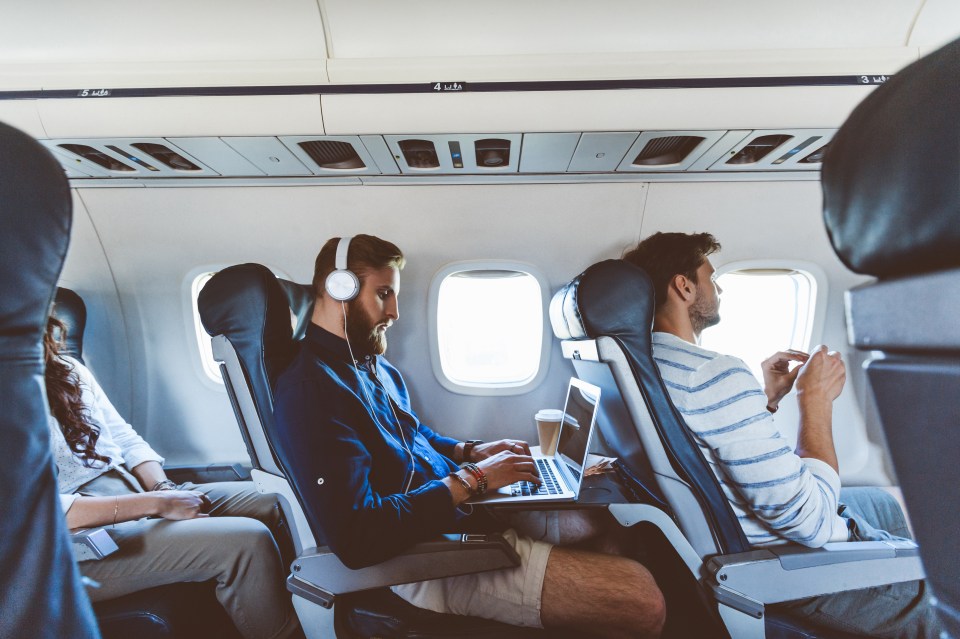FLYING is currently at the safest its ever been with the risk of a fatal crash at an all time low, according to a new study.
Clever minds at the Massachusetts Institute of Technology (MIT) found out that the chances of a passenger dying in a plane crash is now one in 13.7 million.
This marks the lowest chance ever of a fatal accident taking place.
The MIT study looked at date from between 2018 and 2022 to get to the remarkable conclusion which proves air travel is constantly improving.
Despite more flights being put on each year, the fatality rate has actually declined by an average of 7.5 per cent per year since 1968.
The study also broke down the statistics even further by separating them into three tiers of countries.
Tier one encompasses much of the EU, the US, Canada and several other developed countries.
These are regarded as the safest countries to travel in with the chance of a doomed flight being 1 in 80 million.
The second tier sees a slightly worse record for nations such as Brazil, India and Turkey but safety is still seen as paramount.
The final tier represents the nations with the highest risk of a potential fatal flight.
Death rates onboard planes are 36 per cent higher than in Tier 1 regions.
It comes as the world’s safest airlines in 2024 have been revealed – and three Brit-loved carriers in the UK made the list.
Analysing 385 global airlines, the research looked at a range of factors to determine which full-service airline comes out on top.
Conducted by AirlineRatings.com since 2013, the airline to come out on top was Air New Zealand, followed by Qantas and Virgin Australia.
Qantas and Air New Zealand frequently place as the top two, with their positions flipped last year.
The only UK airline to make the top 25 was British Airways, coming in 15th place.
However, this is up two places from last year, where it came in 17th place, and an improvement from 2020 where they didn’t place in the top 20.
The safest budget airlines were also revealed – with easyJet and Ryanair coming in second and third place respectively.
They were only beaten by Australian carrier Jetstar.
Meanwhile, these are the worst seats to sit in when the plane hits turbulence.
And these are the items passengers steal from flight attendants.
How to stay safe on a flight
Wearing the right clothes:
One of the most important things to wear on a plane are your shoes, and you should avoid taking them off when boarding.
A study by Boeing found that half of plane crashes happen during take-off and landing.
After a crash, fire or broken glass could obstruct the aisle, making it hard to escape barefoot.
Removing sharp objects from pockets:
A Boeing pilot advised passengers to always remove sharp objects from your pockets.
The reason being that you could damage the emergency slide if there is something sharp on you.
Count the seats to the emergency exit:
It is advisable to count the number of seats there are between you and the nearest emergency exit.
This is because in the event of an accident, if visibility is poor, you will be able to guide yourself and others to the exit.
Don’t lace fingers during brace position:
The way you do the brace position could impact your survival as lacing your fingers could badly injure you.
Passengers are supposed to put their head between their knees, with their hands over the top to protect the back of the skull.
The temptation is to lace the fingers while doing this, to keep the hands in place during what would likely be quite a bumpy journey.


